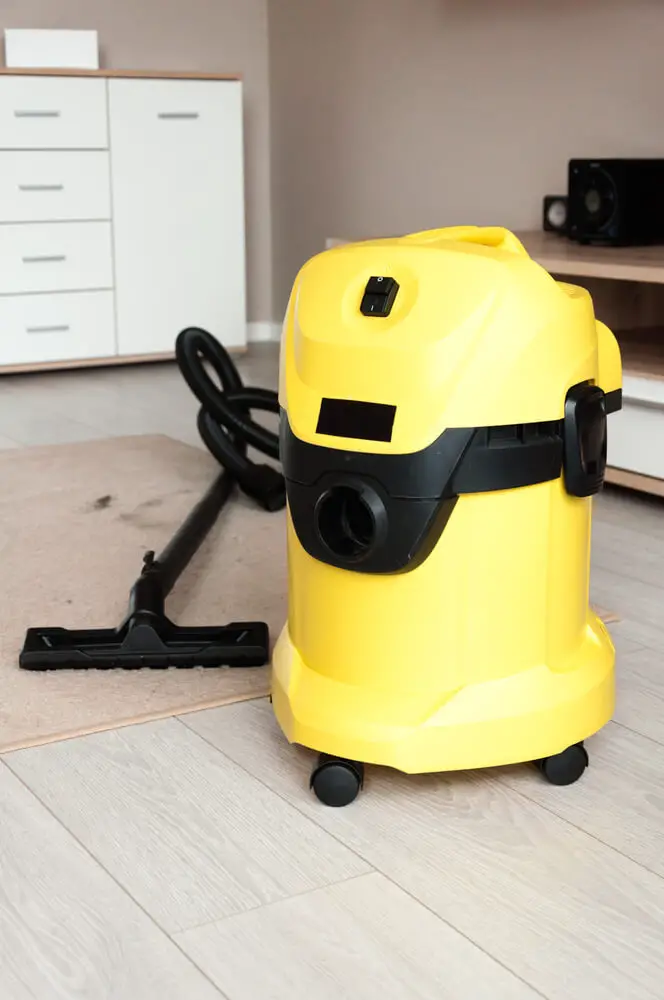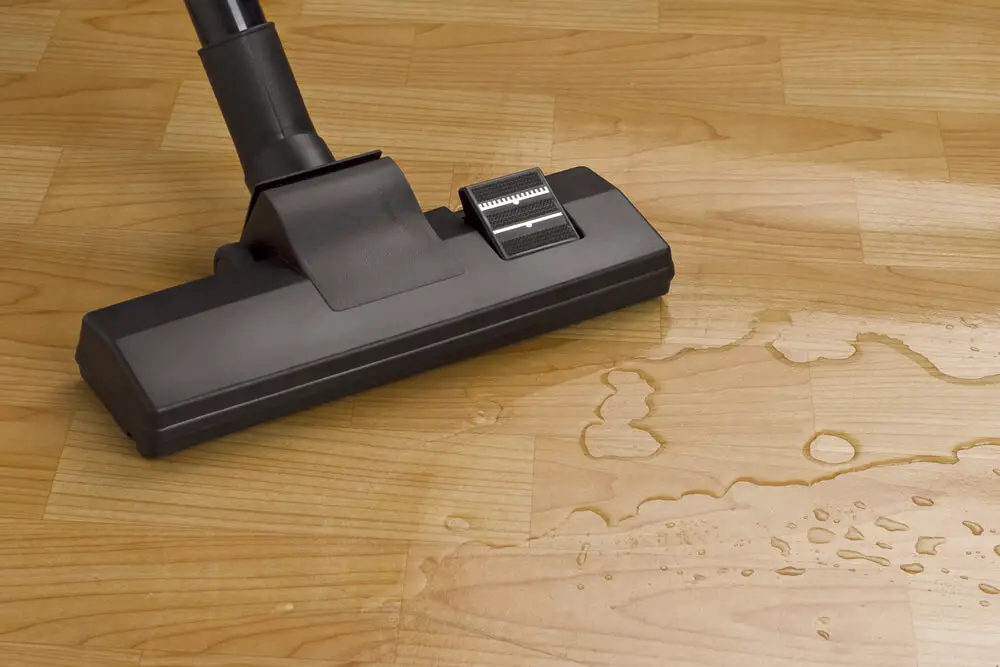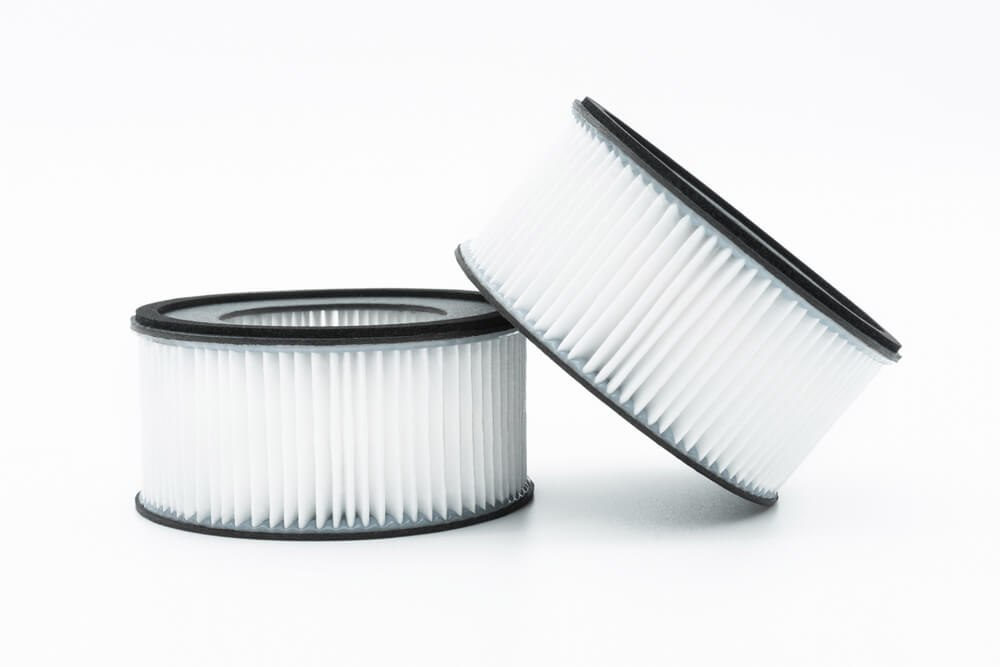A dry or wet shop vacuum or vac is an indispensable home appliance these days. Regardless of the name, a high-quality shop vac's utility extends beyond the shop. We say this because it deals with messes your ordinary or regular household vacuum cleaner can't handle.
Keep in mind that you don't need to suck up water using towels with a quality shop vac. A wet-dry vac saves you a whole lot of time and effort. It is not only better than vacuum cleaners but also acts as a quality pump to suck up large quantities of water standing in the shower, tub, aquarium, and pool.
Considering buying a wet-dry vacuum to get rid of wet surfaces and liquid spills? Here is what you need to know about shop vacuums.
How do you use a shop vac to pick up water?

Remove the Collection Bag
Not all shop vacs use collection water bags during operation. Therefore, you need to unlatch the blower unit's top unit section of your vacuum. Make sure you remove all the fasteners and collection bags and keep them aside.
Replace or Remove the Filters
Using dry filters during wet operation is never a wise idea as they are made of thin paper. In many cases, these filters are of plastic units and attached with pleated folds. You may also find them in the form of filter cloths wrapped around the units. Mainly, they are secured with an elastic band. Note that if your wet/dry shop vac has a wet filter, you need to change it with a dry filter.
Attach the Nozzle
Once you replace the wet filter, the next step is to attach the nozzle. It is worth mentioning that wet dry shop vacuums come with different nozzles. If your pump vac has a nozzle with a flat, broad head, it is for a wet nozzle. Generally, wet nozzles are excellent for flat surfaces.
Plug-In a GFCI Outlet
Vacuuming water means you mix water or spill with electricity, it's always safe to drain plug the vacuum in a GFCI outlet. Many wet/dry vacuums come with double-insulation, which means you can easily plug them in a non-GFCI outlet if you wish.
Vacuum/ Suck the Water

For Water Spills Across a Floor
Switch on the vacuum and place its nozzle on the water surface. Hold it on the top of the collection tank until it starts depleting the water under and around. Slowly move around the nozzle to the direction of a new section and keep sucking the water until all of it is gone.
For Large Quantity of Standing Water
Switch on the vacuum and place the nozzle on the water surface. A wet/dry vacuum sucks up a large quantity of standing water quickly. To find out whether the container is full, pay attention to the motor sound as it changes progressively to indicate this. Also, keep checking the speed, which changes instantly when the canister is full.
Filter Out All the Debris
Open the vacuum container before you pour the water. Remove large chunks of waste and debris.
Dispose of the Spills and Water
You need to pour all the water into a disposal area. However, avoid pouring water that has construction debris into your garden beds.
Disinfect the Container and Accessories
Because wet/dry vacuum mixes water with other organisms, the risk to develop for mold and mildew in the container after use is always high.
Clean out the container first with plain water and then pour one gallon of lukewarm water with 1/4 cup of chlorine bleach or dish soap.
Now thoroughly clean all areas of the container. Run the freshwater through the garden hose. Turn the container upside-down and leave it to dry out. You may also hang the garden hose vertically to drain out the water.
Store the parts of the vacuum when they're completely dry.
Can you use a shop vac for water without a filter?

There are tons of reasons for using a shop vac for water without a filter. Typically, a wet/dry vacuum comes equipped with a filter to sucking up any dry dust.
Do you want to find out when you can use a shop vac without a filter? Keep scrolling.
What’s the function of a filter?
Firstly, you should understand why shop vacuums use a filter. Generally, the filter is used to accumulate or collect dry dust, screws, and nails in the home. This is the main purpose of using a filter in a wet/dry vacuum cleaner.
So, can you use a shop vac for water without a filter? To answer the question precisely, yes, it is possible to do it!
Using a shop vac without a filter
It is worth mentioning that a wet dry vac is designed to remove or suck up any kind of spill. It is extremely powerful and versatile. That means having a machine like this around you to tackle vacuuming work is always a great idea.
It doesn't end here, as you can use a wet-dry vacuum cleaner for cleaning debris, especially when you decide to use it without a filter. Using it without a filter may clog the vacuum, causing it to stop functioning. You need to remove or take out the dust bag when vacuuming water and wet items.
Keep in mind that not all shop vacuums can run or operate without a filter. Therefore, ensuring that your shop vac supports the mechanism without a filter. Using a shop vac without a filter requires you to use it in open areas. It is an excellent way to prevent wet dust from blowing back into the house, which would defeat the purpose of using a vacuum cleaner.
Can shop vacs pick up water from the carpet?

No matter how efficient or high-end your vacuum dry cleaner is, it is only good for using dry dirt. It is typically a floor brush that can't effectively remove water or clean wet surfaces. You need a shop vac for water and other liquids. That means you should not be cleaning wet carpets with an ordinary machine or motor.
Instead, use the power of a sucking machine that has great potential when it comes to removing water. A shop vac comes with super absorbing technology that removes water from wet carpet. Here is how you can use it to clean or pick up water from the carpet.
Check the Condition of Your Wet Carpet
First, it's important to evaluate the amount of moisture in your carpet. Knowing how much liquid your carpet has absorbed is essential to determine how much time it will take to clean. Large carpets accumulate more water and take more time to dry. You need to operate through a water sucker and divide the carpet into many areas.
Check Collection Tank of Your Shop-Vac
Once your initial carpet analysis is completed, start watering. The machine sucks the water from your wet carpet and pours it into the collection tank. The device has two different buckets for collecting. It has a dry dust bag and a wet tank. Make sure you remove the dust bag before the machine starts sucking the liquid. If your vacuum cleaner has one collection tank for wet/dry, clean it before running it on the carpet.
Remove Filter Retainer
Removing the filter retainer is essential to let water flow freely and fill the collection tank. However, if you don't remove it, it will build up pressure and damage the filtration system. As it is not the same for Shop Vacs, you must read the manual carefully to find out whether you need to take out the filter retainer or not.
Unplugged Content of the Collection Tank
Once you suck up the water from your carpet, empty the collection tank of your shop vac by opening the vacuum head and taking out the tank. Discard the collected water and remove the drain plug. Rinse the tank with warm water and dry it.
What happens if I vacuum water?
As mentioned above, a shop vac has great potential to suck up water and save you from the hassle of soaking up spills on the carpet or floor using towels. It's a great way to remove large quantities of water, whether it's in your garden pond, pool, or aquarium.
A shop vac comes with a lot of power and is louder than household vacuums. The piece of equipment is versatile and can be used in workshops also. When you vacuum water with it, it efficiently removes the moisture and dries out the place.
Wrap-Up
All in all, a shop vacuum is a useful tool for your basement or garage for not only blowing up water but also picking up debris of all sizes and shapes. You can also use it to safely pick up liquids. Thus, it is one of the much-needed maintenance tools you can have to remove water.

